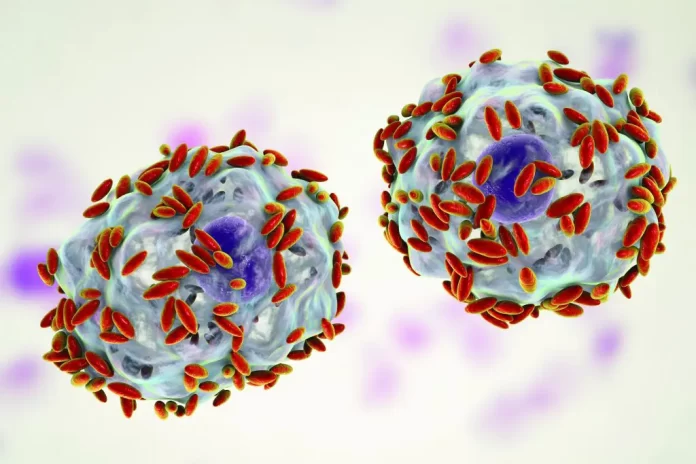Bacterial vaginosis (BV) is a common vaginal infection characterized by an overgrowth of bacteria in the vagina. While it is not classified as a sexually transmitted infection (STI), it can be influenced by sexual activity. Here’s an overview of BV, including symptoms, causes, treatment, and prevention:
Symptoms:
- Vaginal discharge: BV often causes a thin, white or gray discharge with a strong, fishy odor.
- Vaginal odor: The characteristic odor may be more noticeable after sexual intercourse.
- Vaginal itching or irritation: Some women may experience itching or irritation in the genital area.
It’s important to note that some women with BV may not exhibit any symptoms.
Causes:
The exact cause of bacterial vaginosis is not fully understood, but it is associated with an imbalance in the normal bacteria (flora) that inhabit the vagina. The vagina typically contains a balance of different bacteria, including beneficial ones like Lactobacillus. When there is an overgrowth of harmful bacteria (such as Gardnerella vaginalis), it can lead to BV.
Several factors may increase the risk of developing BV, including:
- Sexual activity: While BV is not classified as an STI, having new or multiple sexual partners can increase the risk.
- Douching: This practice can disrupt the natural balance of bacteria in the vagina.
- Use of certain hygiene products: Harsh soaps, bubble baths, and scented feminine products may contribute to BV.
- Smoking: Smoking has been identified as a potential risk factor for BV.
Treatment:
Treatment typically involves antibiotics to restore the balance of bacteria in the vagina. Commonly prescribed antibiotics include metronidazole or clindamycin, which can be administered orally or as a topical gel or cream. It’s important to complete the full course of antibiotics, even if symptoms improve before completion.
Prevention:
- Practice safe sex: While BV is not strictly a sexually transmitted infection, using condoms can reduce the risk.
- Limit douching: Avoid douching, as it can disrupt the natural balance of vaginal bacteria.
- Avoid strong hygiene products: Use mild, unscented soaps and avoid harsh products in the genital area.
- Limit the number of sexual partners: Having a monogamous relationship or reducing the number of sexual partners can help lower the risk.
It’s essential for individuals experiencing symptoms of BV to seek medical attention for proper diagnosis and treatment. Recurrent or persistent cases may require further evaluation and management by a healthcare professional.

































